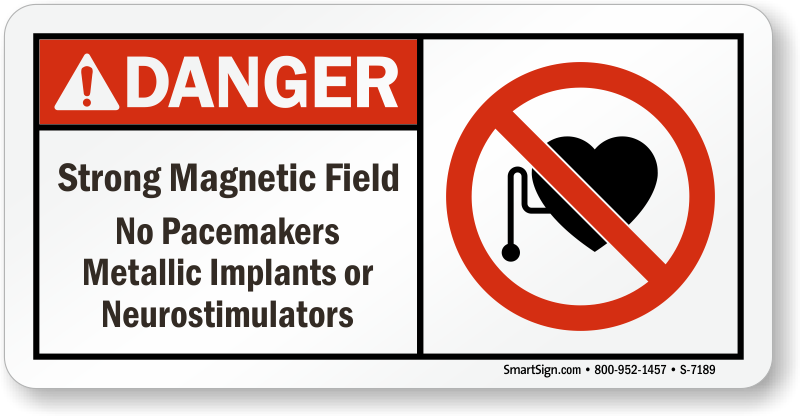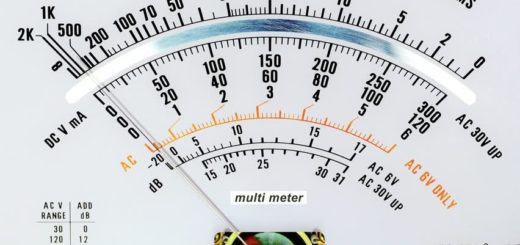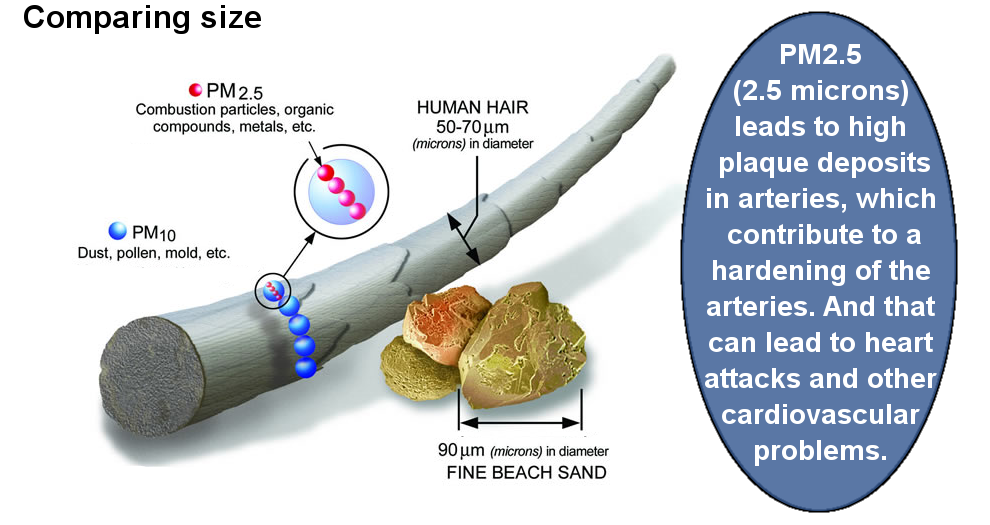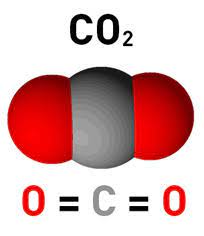Indoor Air Quality FAQ: Dallas Austin Houston
Indoor Air Quality FAQ: Dallas Austin Houston
There are a number of steps that can assist in improving the residential indoor air quality in your home:
- Get rid of all of the carpet, including throw rugs – especially if you have small children and pets.
- Replace your HVAC central air filter regularly with a higher rated MERV filter, but do not go higher than what your unit is rated to run at. There is an engineering compromise between better filtration and higher air flow. If the flow is choked too much by a high rated filter, the life of your blower motor may be shortened.
- Keep humidity below 50 % to prevent the growth of mold. Dehumidifiers may be needed in problem areas.
- Be alert to moisture and leaks from A/C condensation, (particularly around outlet vents) plumbing or water intrusion from poorly sealed roofs, windows, doors, etc. Fix it and dry the building materials involved as soon as possible to prevent potentially toxic mold from growing. Watch bathroom areas in particular as they have unusually high levels of moisture generated from bathing and showering and will start mold growth in areas like the tile grout and shower curtains. If you use a bath mat, wash it regularly.
- In a new home, newly renovated property, (fresh paint, wood laminates, paneling, etc.) or with new furniture / drapes try to outgas the VOCs by employing cross-ventilation from open windows or doors. But balance with with the need for security for unwanted intruders including thieves and disease carrying insects such as mosquitoes.
- On that note, check the manufacturer labels on low-VOC paints, sheetrock, treated wood for structural construction, pesticides, cleaners and ratings of formaldehyde on pressed wood products including furniture.
Formaldehyde Ratings of Different Building Materials
- In an energy efficient home, be careful about going too far as far as being “airtight” as fresh air ventilation can be compromised which can lead to a buildup of VOCs and carbon dioxide and a phenomena known as Sick Building Syndrome.
- With a home that is built too tight, you may look into an ERV (Energy Recovery Ventilator) or other means to bring in fresh but filtered outside air. Also, keeping a slightly positive pressure inside the home will reduce radon, VOCs and particulate counts.
- Use portable True HEPA purifiers to reduce particulate counts (especially the PM2.5 Fine particle counts) in areas of prolonged occupancy such as the bedrooms and living room / office area.
- And for cleaning, try to wet mop and / or use a True HEPA vacuum cleaner. It is best to wear a mask (rated at least N95) when emptying it OUTSIDE (on the driveway area as opposed to in the garage to prevent re-infiltration of dust) if not while vacuuming as well.
- When doing outside work, it is not a bad idea to wear an N95 or P100 particulate mask when performing unusually dirty chores such as cutting the grass, trimming weeds or blowing off the porch, sidewalks and drives.
https://emfsurvey.com/formaldehyde-indoor-air-quality-testing-services-dallas-fort-worth/











































